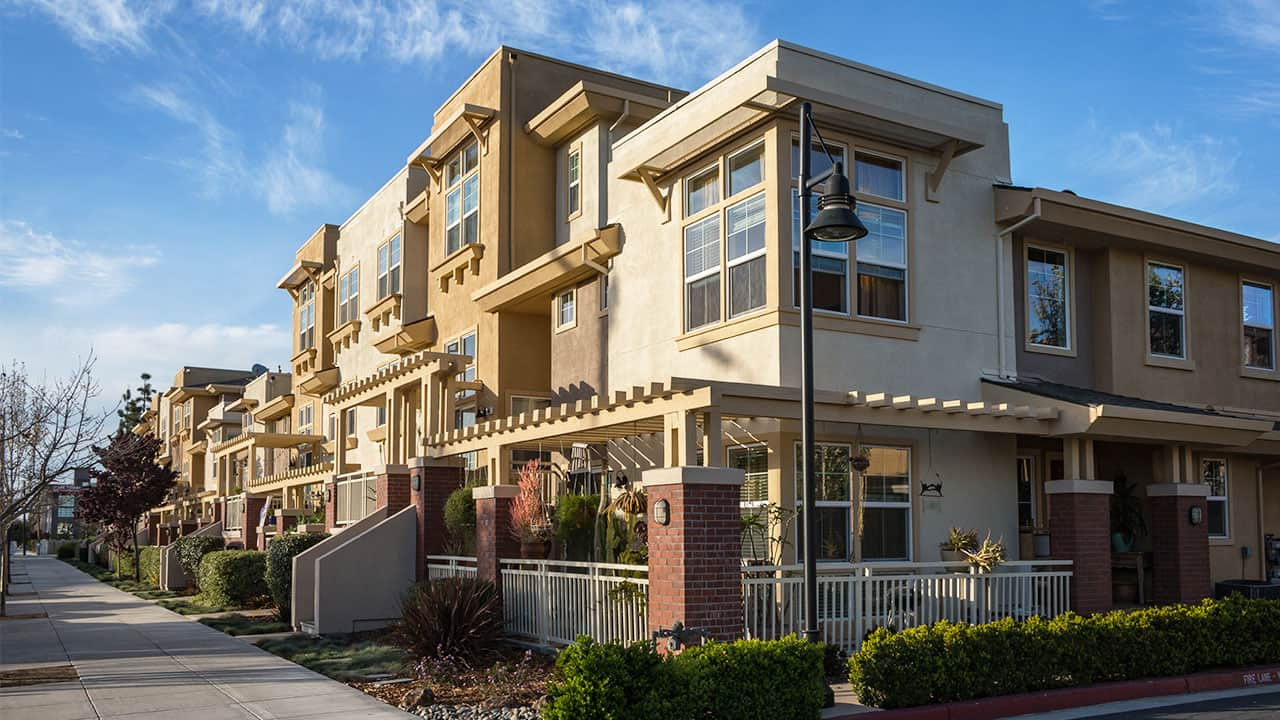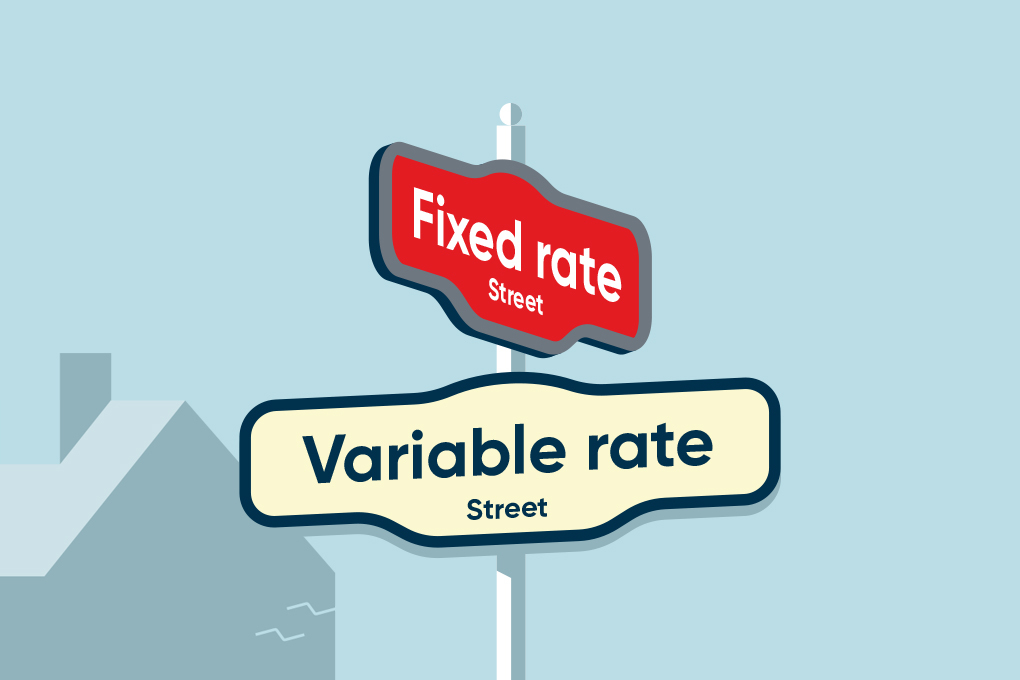Satisfactory credit - All real estate and installment debt payments should have been made on time in the last 12 months; there disappear than 2 30-day late home mortgage or installment payments in the previous 24 months, and there is no major bad credit on revolving accounts in the last 12 months.
If no extenuating scenarios can be documented, the customer might not qualify at all or the loan provider might need a big quantity of the principal limit (if available) to be taken into a Life Span Set Aside (LESA) for the payment of residential or commercial property charges (property taxes, house owners insurance, and so on).
The fixed-rate program includes the security of an interest rate that does not alter for the life of the reverse home loan, but the interest rate is generally greater at the start of the loan than a comparable adjustable-rate HECM. Adjustable-rate reverse home loans typically have interest rates that can alter on a monthly or yearly basis within specific limits.
The preliminary rate of interest, or IIR, is the real note rate at which interest accrues on the outstanding loan balance on an annual basis. For fixed-rate reverse home mortgages, the IIR can never change. For adjustable-rate reverse mortgages, the IIR can alter with program limitations up to a life time rates of interest cap.
The EIR is often various from the real note rate, or IIR. The EIR does not figure out the quantity of interest that accrues on the loan wyndham timeshare login balance (the IIR does that). The total pool of cash that a borrower can receive from a HECM reverse home mortgage is called the principal limitation (PL), which is determined based on the maximum claim quantity (MCA), the age of the youngest debtor, the anticipated rate of interest (EIR), and a table to PL factors published by HUD.
The Ultimate Guide To How Do Mortgages Work In Canada
Many PLs are normally in the series of 50% to 60% of the MCA, however they can often be greater or lower. The table below offers examples of principal limits for numerous ages and EIRs and a property worth of $250,000. Borrower's age at origination Anticipated rates of interest (EIR) Principal limitation aspect (since Aug.

5% 0. 478 $119,500 65 7. 0% 0. 332 $83,000 75 5. 5% 0. 553 $138,250 75 7. 0% 0. 410 $102,500 85 5. 5% 0. 644 $161,000 85 7. 0% 0. 513 $128,250 The principal limit tends to increase with age and decrease as the EIR increases. Simply put, older customers tend to qualify for more money than more youthful borrowers, but the total amount of cash readily available under the HECM program tends to reduce for any ages as rate of interest increase.
Any additional proceeds available can be distributed to the customer in numerous methods, which will be detailed next. The cash from a reverse mortgage can be distributed in four ways, based upon the debtor's monetary requirements and objectives: Lump sum in cash at settlement Month-to-month payment (loan advance) for a set number of years (term) or life (tenure) Line of credit (comparable to a home equity line of credit) Some combination of the above Note that the adjustable-rate HECM uses all of the above payment options, but the fixed-rate HECM only provides lump sum.

This suggests that borrowers who go with a HECM line of credit can potentially access to more cash with time than what they at first got approved for at origination. The line of credit growth rate is figured out by including 1. 25% to the initial rate of interest (IIR), which indicates the line of credit will grow faster if the interest rate on the loan increases.
Due to the fact that many customers were taking complete draw lump sums (often at the support of loan providers) at closing and burning through the cash rapidly, HUD looked for to safeguard borrowers and the viability of the HECM program by restricting the amount of proceeds that can be accessed within the very first 12 months of the loan.
Not known Factual Statements About Who Took Over Washington Mutual Mortgages
Any remaining available profits can be accessed after 12 http://cristianrkwa907.lucialpiazzale.com/how-do-va-mortgages-work-fundamentals-explained months. If the overall necessary commitments go beyond 60% of the primary limit, then the customer can draw an additional 10% of the primary limit if offered. The Real Estate and Economic Healing Act of 2008 supplied HECM debtors with the opportunity to purchase a new principal residence with HECM loan proceeds the so-called HECM for Purchase program, reliable January 2009.
The program was created to enable the senior to acquire a new primary residence and get a reverse home loan within a single deal by getting rid of the need for a second closing. Texas was the last state to enable for reverse mortgages for purchase. Reverse home mortgages are regularly slammed over the concern of closing expenses, which can in some cases be pricey.
Considering the limitations enforced upon HECM loans, they are comparable to their "Forward" contemporaries in overall costs. what does ltv mean in timeshare weeks calendar 2016 mortgages. The following are the most normal closing expenses paid at near obtain a reverse home mortgage: Counseling cost: The primary step to get a reverse home mortgage is to go through a counseling session with a HUD-approved therapist.
Origination charge: This is charged by the lending institution to organize the reverse home loan. Origination fees can vary extensively from loan provider to lender and can range from absolutely nothing to a maximum of $6,000. Third-party fees: These costs are for third-party services hired to complete the reverse home loan, such as appraisal, title insurance coverage, escrow, government recording, tax stamps (where suitable), credit reports, etc.
The IMIP secures lending institutions by making them entire if the home costs the time of loan repayment for less than what is owed on the reverse home mortgage. This safeguards borrowers too due to the fact that it suggests they will never owe more than their house is worth. As of 1/2019, the IMIP is now 2% of limit claim quantity (Either the appraised worth of the house approximately a maximum of $726,535) The yearly MIP (home loan insurance coverage premium) is.
The smart Trick of How Do Down Payments Work On Mortgages That Nobody is Discussing
The huge bulk of closing costs normally can be rolled into the brand-new loan amount (other than when it comes to HECM for purchase, where they're consisted of in the deposit), so they do not need to be paid of pocket by the customer. The only exceptions to this rule may be the therapy cost, appraisal, and any repairs that might need to be done to the house to make it totally compliant with the FHA standards prior to completing the reverse mortgage.
These files can be utilized to compare loan deals from different lending institutions. There are 2 continuous expenses that may use to a reverse home mortgage: yearly mortgage insurance and servicing costs. The IMIP,( on time Preliminary Mortgage Insurance Premium) of 2% of the evaluated worth is charged at closing. The IMIP is the biggest expense connected with an FHA HECM or Reverse Home Loan.
The yearly home mortgage insurance is charged by FHA to insure the loan and accumulates annually at a rate of. 50% of the loan balance. Yearly home mortgage insurance does not need to be paid out of pocket by the borrower; it can be allowed to accumulate onto the loan balance with time.